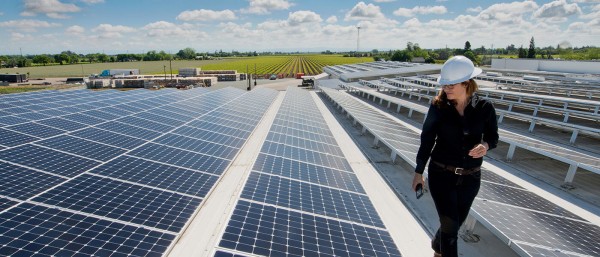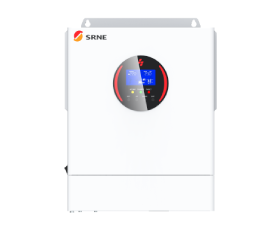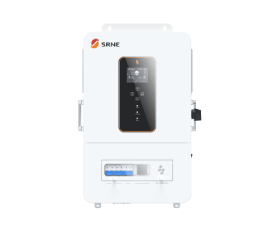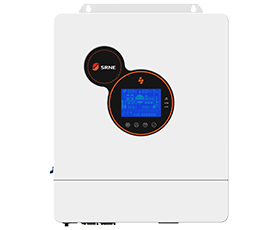Distributed Solar Power System on Industrial and Commercial Buildings
Distributed solar power generation refers to the construction and operation of distributed power stations on the user's site or somewhere near the user. They are usually built on the roofs of urban and countryside buildings, mainly industrial and commercial plants. Distributed solar power generation makes full use of local solar power resources, which replaces traditional fossil energy power generation and achieve energy-saving, emission-reduction and green power generation. As for the distributed solar power generation, most of the power generation side is also the power consumption side, which has the characteristics of spontaneous generation and self-use, and the surplus power is connected to the grid.

When it comes to the site selection of distributed solar power system, the most common choice is industrial and commercial plants currently. What are the requirements for building distributed solar power generation on the roofs of industrial and commercial plants?
First, you need to be clear about the building’s basic information, which includes the ownership of factory buildings, whether there is mortgage, service life, building materials, area and orientation, etc. In addition, the roof tilt angle, azimuth angle, whether there are obstructions around, whether there are any equipment on the roof are also very important. These hardware conditions determine the installable capacity and normal daylighting area. According to these two data, we can figure up the power generation quantity. Besides, once a distributed solar power system is built, it can generally operate for about 25 years. Therefore, it is necessary to check the load of the building in advance to ensure that it can meet the load-bearing demand during these 25 years to avoid potential safety hazards and economic losses.
Second, you also need to be clear about the occupied land.
The electricity users must have land use rights and ensure that there is no mortgage, and at the same time make sure that the land used and its owner are not involved in any legal proceedings.
Furthermore, it is necessary to understand the electricity consumption and operating conditions of electricity users.
Industrial and commercial enterprises should provide relevant electricity equipment and electricity consumption data, for example, the company's historical electricity bills, peak and valley electricity consumption time periods, and so on. The business situation of the enterprise is also a key point of assessment. In order to ensure the long-term stable and effective operation of the power station project, the electricity-using enterprise needs to ensure that it is in an orderly operation and long-term profitable state.
The last but not least, you are supposed to know the following information about the distribution facilities and grid connection point.
(1)Factory transformer capacity, quantity, buscouple and load ratio, etc.
(2)Factory meter location, busbar specifications, switch specifications and models.
(3)You need to check whether the plant area is equipped with an independent power distribution room and whether there is a spare compartment for the power distribution equipment.
(4)Check the capacity of the main switch of the incoming line. The output current of the distributed solar power system should not be greater than the capacity of the user's switch;
(5)Consider the installation site of inverter and grid-connected cabinet based on the principle of convenient and economical wiring.






























































































